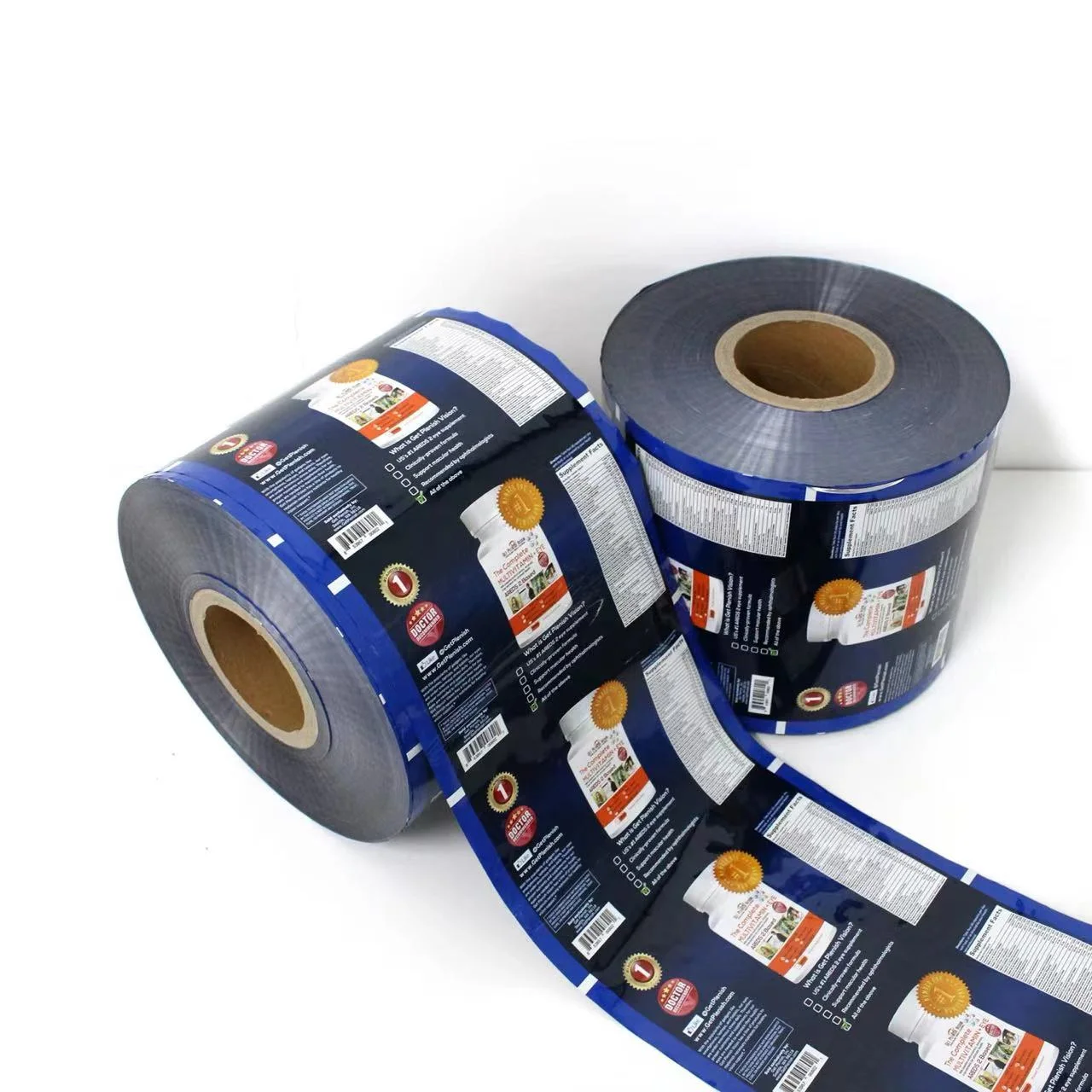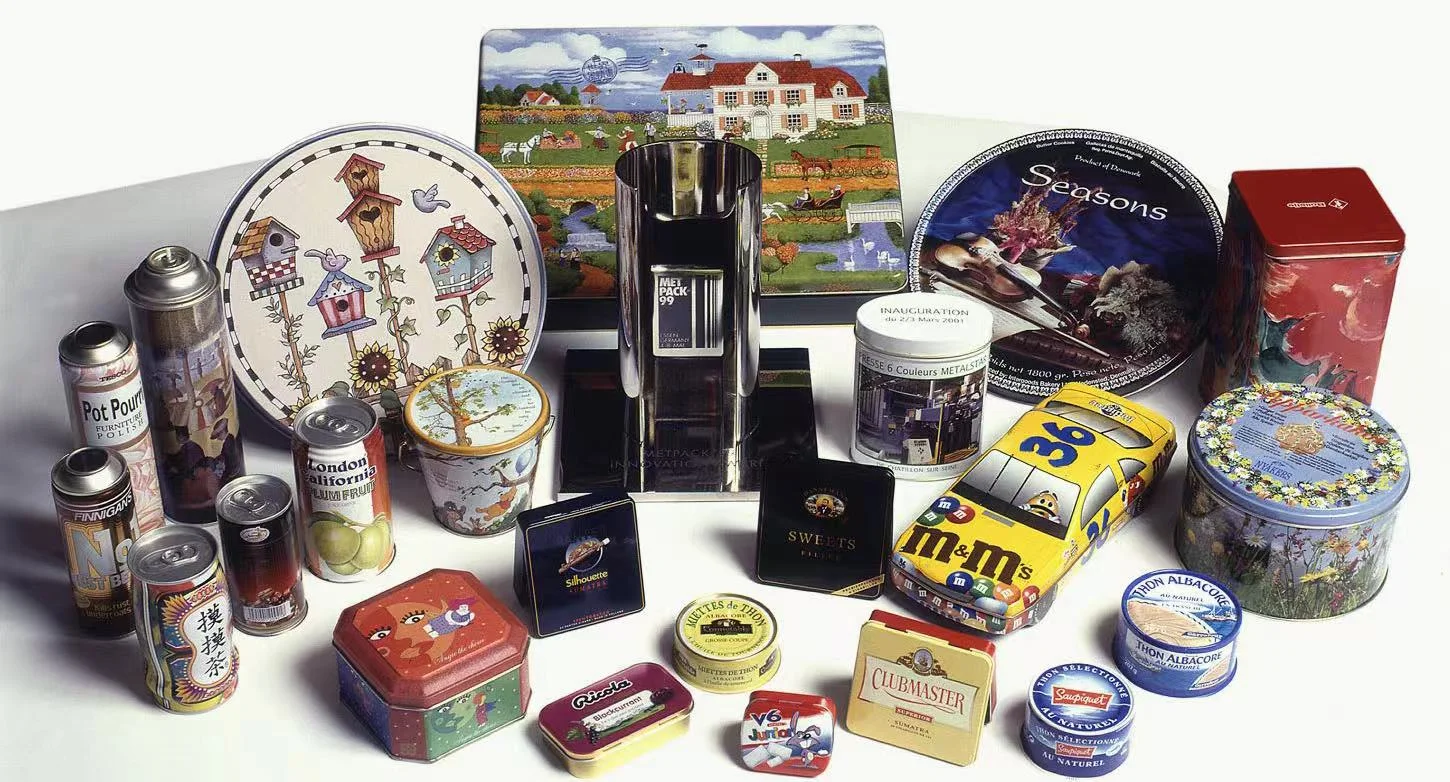Laminated Steel: The Perfect Fusion of Innovative Technology and Materials
Laminated steel is a sustainable packaging solution that represents one of the key advancements in the packaging industry's journey toward sustainability. Its durability, versatility, and eco-friendliness make it an ideal choice for companies looking to minimize their environmental impact while providing high-quality products to their customers.
Characteristics of Laminated Steel
1.High Barrier Performance:
The film used in laminated steel provides excellent barrier and stability properties, effectively preventing corrosive agents from penetrating and ensuring the safety of food during storage. Its corrosion resistance and rust prevention characteristics surpass those of coated steel. Additionally, as a composite material, laminated steel resolves the contradictions in corrosion resistance and adhesion that are often present in coated steel, making it an ideal material for food and beverage cans.
2.High Formability:
With high tensile strength and excellent elongation, laminated steel significantly enhances product processing capabilities. During the stamping or drawing processes for food and beverage cans, the wall thickness of the cans can be reduced by up to 50-55%. Its superior wear resistance helps prevent damage during processing and contamination of tools.
3.High Stability:
Laminated steel has good chemical stability, weather resistance, and aging resistance, allowing it to adapt to complex internal environments without corrosion or peeling.

Advantages for End Users
For downstream users (the canning industry), laminated steel offers the following benefits:
1.Low Equipment Investment:
Compared to traditional coated steel, laminated steel eliminates the need for coating and baking processes, resulting in a more streamlined can and lid manufacturing setup. This translates to lower investment costs, reduced floor space requirements, and less manual labor, saving significant amounts in equipment investment and labor costs.
2.Environmentally Friendly and Low Emissions:
Traditional coated steel often uses epoxy resin-based coatings, which can lead to environmental issues due to volatile organic compounds (VOCs) emitted during the coating process. Laminated steel, with its thermoplastic resin film, does not produce significant solvent emissions during production and requires minimal lubricants, reducing water consumption and VOC emissions. This aligns with growing public health demands and national policies promoting sustainability.
3.Excellent Printing Performance and Easy Upgrades:
The smooth polyester film surface of laminated steel offers excellent adhesion for inks, resulting in vibrant colors and attractive appearances. In today’s fast-paced environment, laminated steel packaging allows for quick upgrades within a day. The switch from traditional coating processes to lamination can increase production speeds by threefold or more, supporting modern printing technologies that enable multiple colors to be printed simultaneously at high speeds.

Benefits for Consumers
For consumers, laminated steel provides the following advantages:
1.Food Safety:
Current canning practices often use epoxy and phenolic resins, which may leave harmful substances like bisphenol A (BPA) in empty cans. Long-term consumption of products containing BPA can affect reproductive health. In contrast, laminated steel does not contain harmful chemicals and does not use adhesives or solvents, ensuring health and safety.
2.Good Flavor Preservation:
The polyester film does not emit low-molecular-weight odor substances and has minimal absorption of food and beverage aromas, maintaining the delicate balance of flavors within the can. Therefore, laminated steel cans excel in preserving the flavor of sensitive products like food, beer, and beverages.
In summary, laminated steel is a game-changer across various applications. Its durability, safety, and multifunctional capabilities make it an innovative solution for industries seeking long-lasting materials. As the demand for durable and sustainable materials continues to grow, laminated steel is set to play a significant role in various applications in the coming years.




